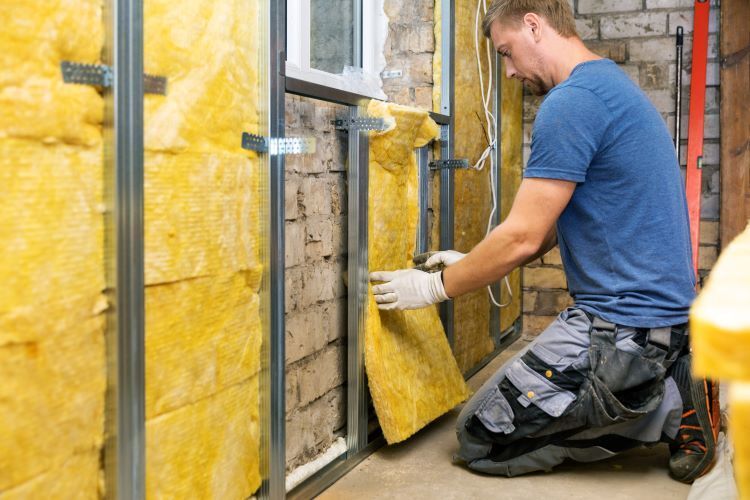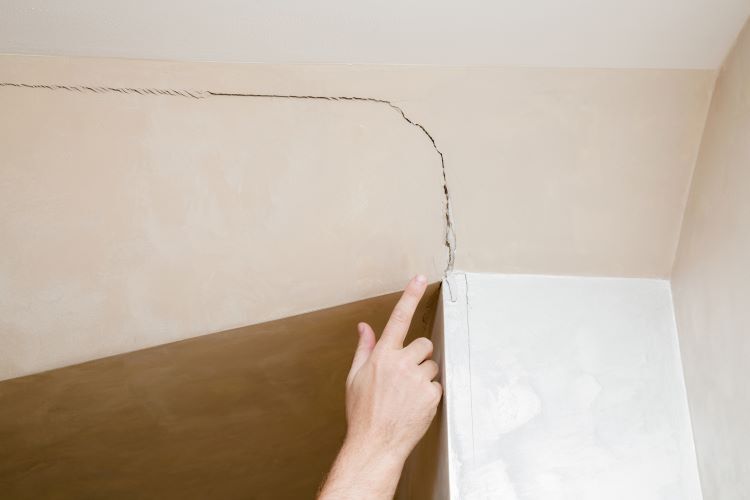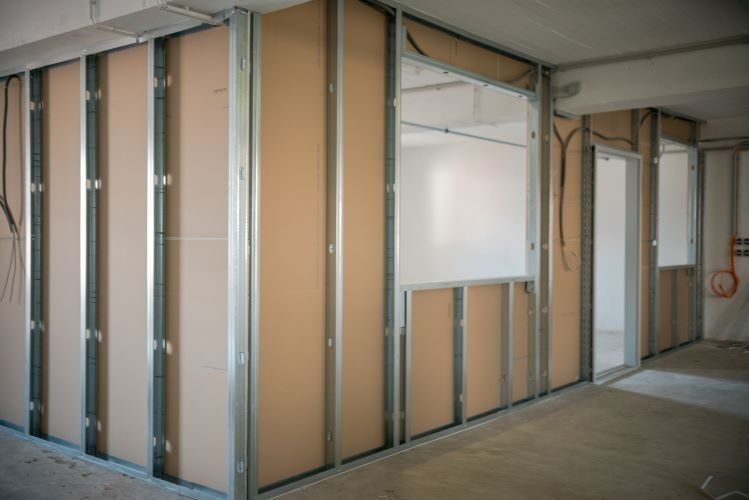How to Insulate Drywall in Older Homes

Insulating drywall in older homes can be a challenging but rewarding task. Older homes often lack the modern insulation standards, leading to energy inefficiency, higher utility bills, and less comfort. Calgary Drywallers is here to guide you through the process of insulating drywall in older homes, ensuring your home becomes more energy-efficient and comfortable. Here’s how to get started.
1. Assess the Current Insulation
Before beginning any insulation project, it's essential to assess the existing insulation (if any) in your walls. This can be done by:
- Inspecting the Walls: Remove small sections of drywall to check for existing insulation.
- Using an Infrared Camera: This tool can detect heat loss areas, indicating where insulation is lacking.
2. Choose the Right Insulation Material
Selecting the appropriate insulation material is crucial for the effectiveness of the project. Here are some common options:
- Fiberglass Batts: These are easy to install and fit snugly between wall studs.
- Blown-In Cellulose: Ideal for filling irregular spaces and adding insulation to existing walls without removing all the drywall.
- Spray Foam: Provides excellent insulation and air sealing but is more expensive and requires professional installation.
- Rigid Foam Boards: Suitable for walls with limited space, offering high insulation value with a thin profile.
3. Prepare the Walls
Once you’ve assessed the insulation and chosen your material, the next step is preparing the walls:
- Remove Old Drywall: If necessary, carefully remove the existing drywall to expose the wall cavities.
- Seal Gaps and Cracks: Use caulk or expanding foam to seal any gaps, cracks, or holes in the wall to prevent air leakage.
- Check for Moisture Issues: Ensure there are no signs of moisture or mold, as these need to be addressed before adding insulation.
4. Install the Insulation
Depending on the chosen material, the installation process will vary:
- Fiberglass Batts: Cut the batts to fit snugly between the studs, ensuring there are no gaps. Staple them into place if necessary.
- Blown-In Cellulose: Create small holes in the wall and use a blowing machine to fill the wall cavities with cellulose. Seal the holes afterward.
- Spray Foam: Apply the foam directly into the wall cavities, allowing it to expand and fill the space. Trim any excess once it’s cured.
- Rigid Foam Boards: Cut the boards to fit between the studs, securing them with adhesive or screws. Seal the edges with tape or foam.
5. Reinstall Drywall
After the insulation is installed, it's time to replace the drywall:
- Measure and Cut Drywall: Measure the wall dimensions and cut the drywall sheets to fit.
- Secure the Drywall: Use drywall screws to attach the sheets to the wall studs.
- Finish the Drywall: Tape the seams, apply joint compound, and sand the surface smooth. Finally, prime and paint the drywall.
6. Consider Additional Measures
For optimal insulation and energy efficiency, consider these additional measures:
- Vapor Barriers: Install a vapor barrier if moisture control is a concern.
- Air Sealing: Ensure that all potential air leaks, such as around windows and doors, are properly sealed.
- Insulating Outlets and Switches: Use foam gaskets to insulate electrical outlets and switches on exterior walls.
Benefits of Insulating Drywall in Older Homes
Properly insulating drywall in older homes offers numerous benefits:
- Energy Efficiency: Reduces heating and cooling costs by preventing heat loss in the winter and heat gain in the summer.
- Comfort: Maintains a more consistent indoor temperature, improving overall comfort.
- Soundproofing: Insulation also acts as a sound barrier, reducing noise from outside and between rooms.
- Increased Home Value: Enhanced energy efficiency and comfort can increase the resale value of your home.
Trust Calgary Drywallers for Your Insulation Needs
At Calgary Drywallers, we understand the unique challenges of insulating older homes. Our experienced team is dedicated to providing high-quality insulation solutions tailored to your specific needs. Whether you’re looking to improve energy efficiency, comfort, or overall home value, we have the expertise to help you achieve your goals.
Insulating drywall in older homes is a worthwhile investment that can significantly enhance energy efficiency, comfort, and home value. With careful assessment, the right materials, and professional installation, you can transform your older home into a more comfortable and energy-efficient space.
Contact Calgary Drywallers today to learn more about our insulation services and how we can help you improve your home.
You might also like


